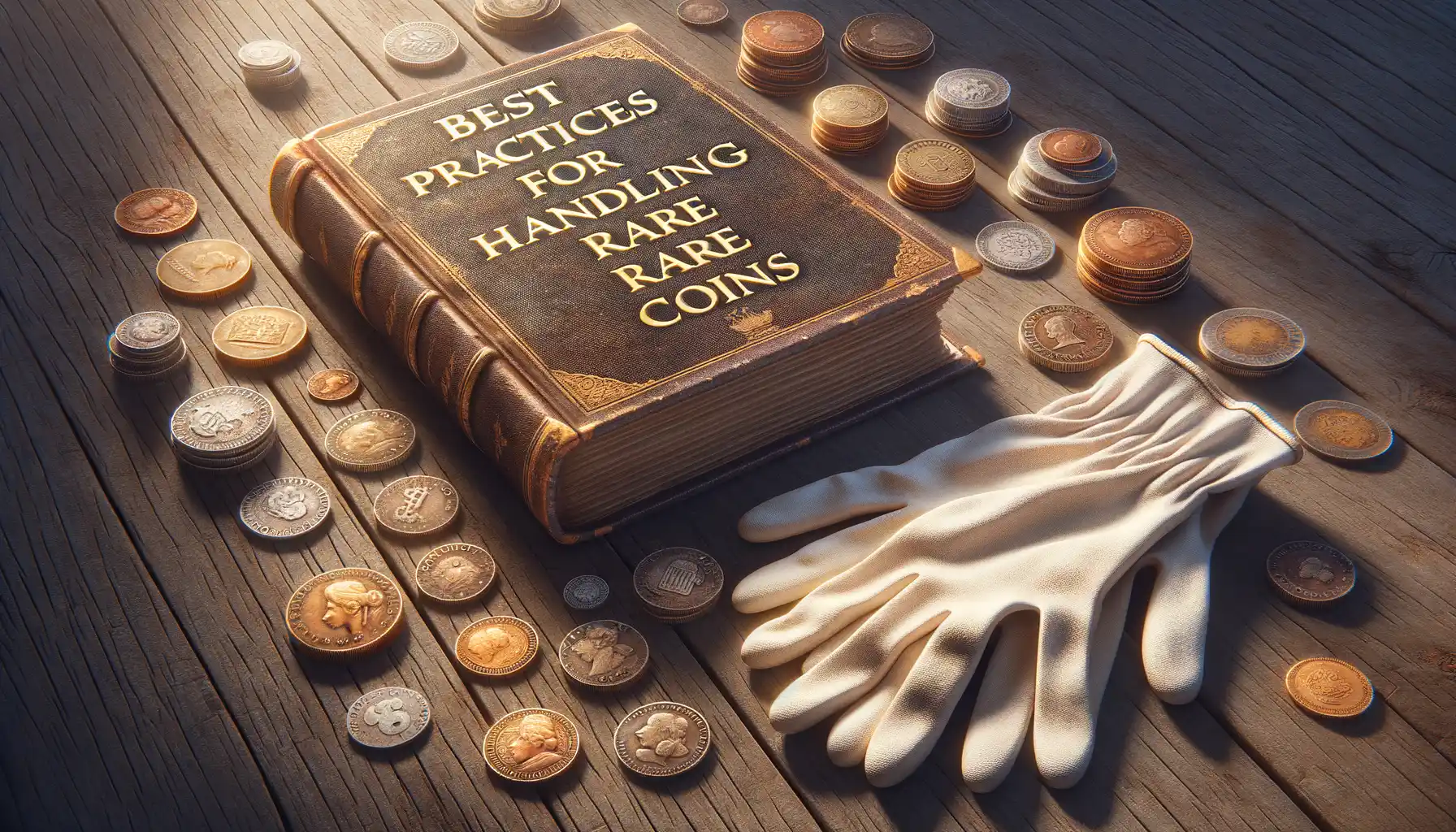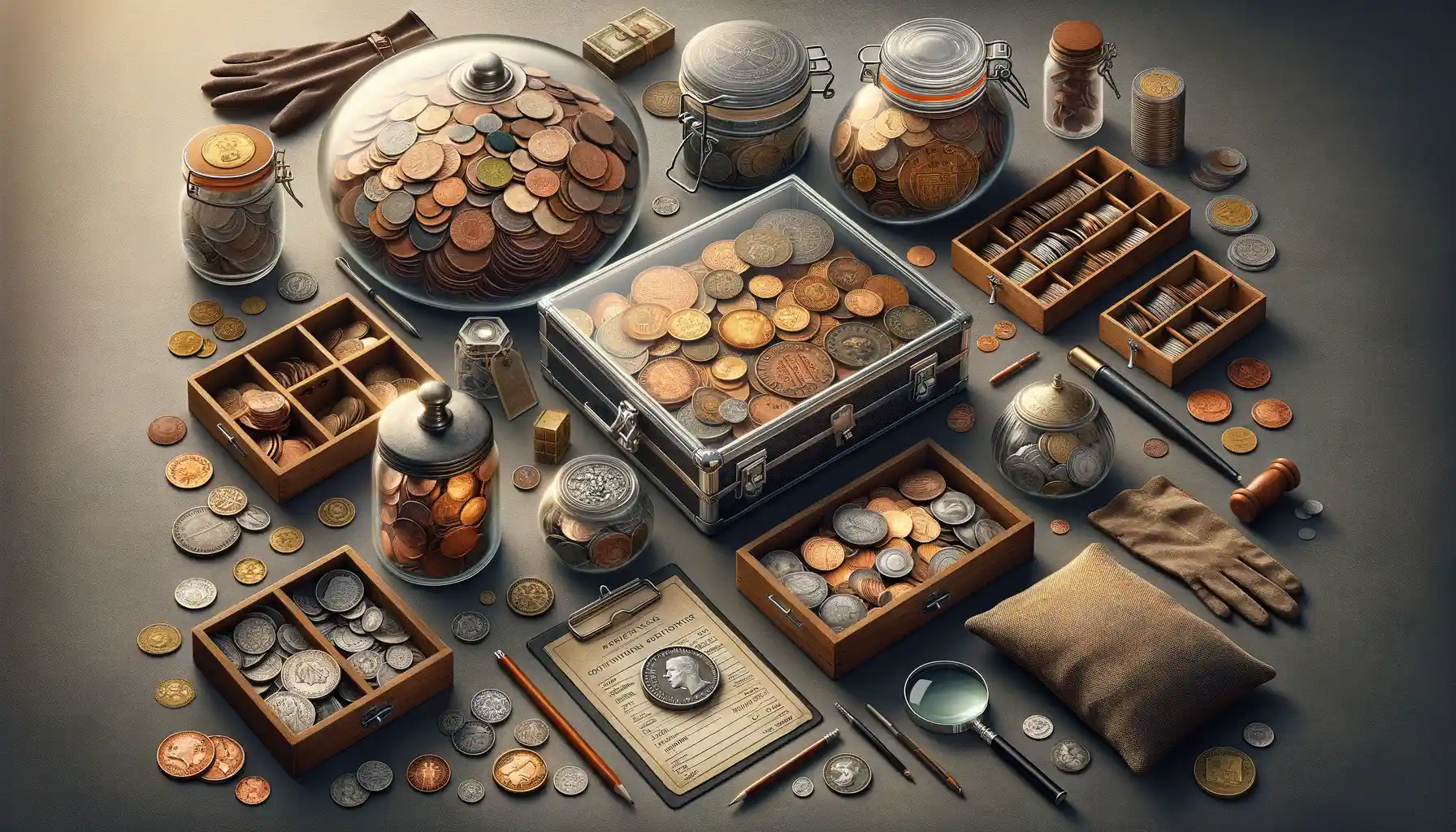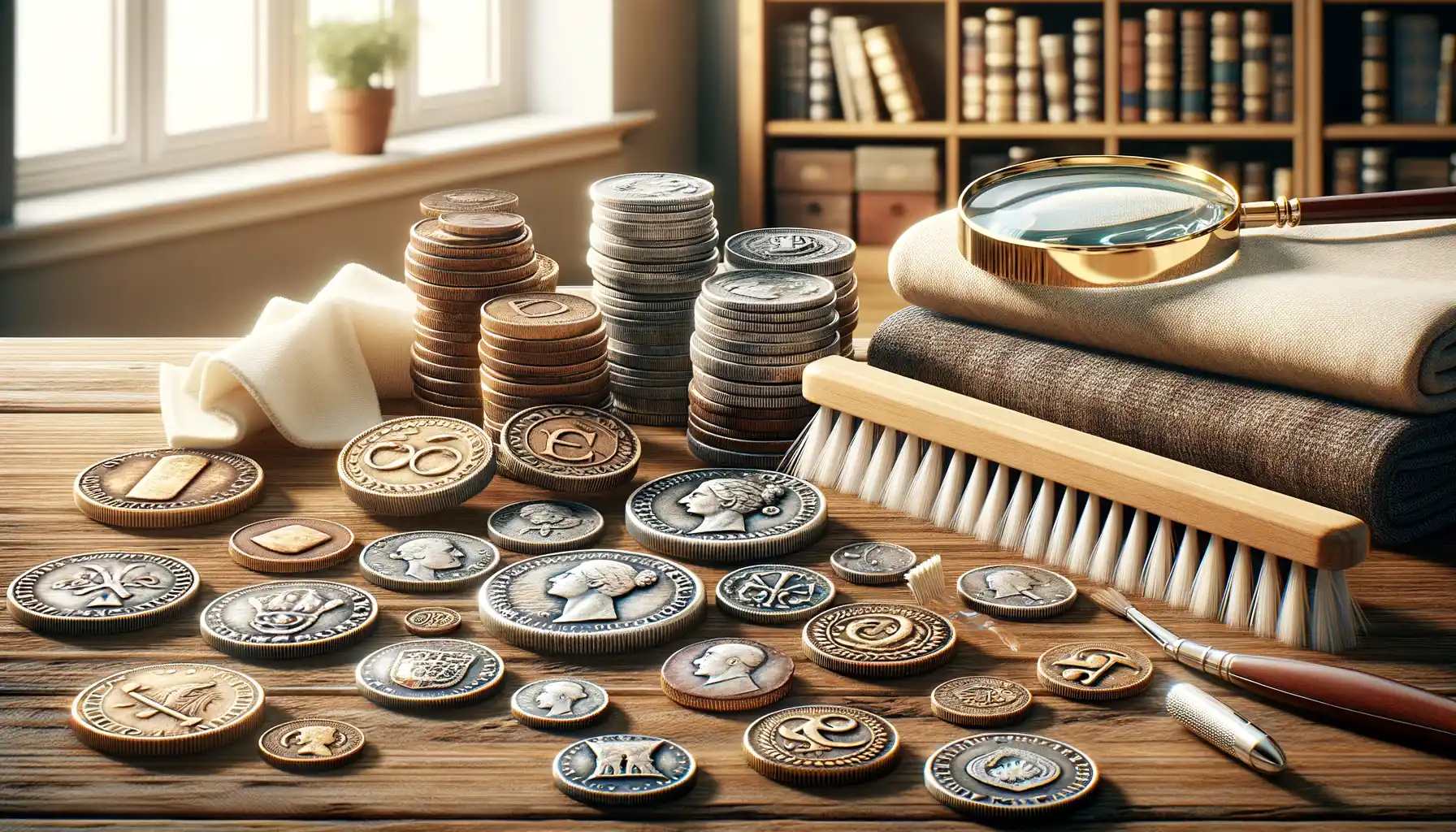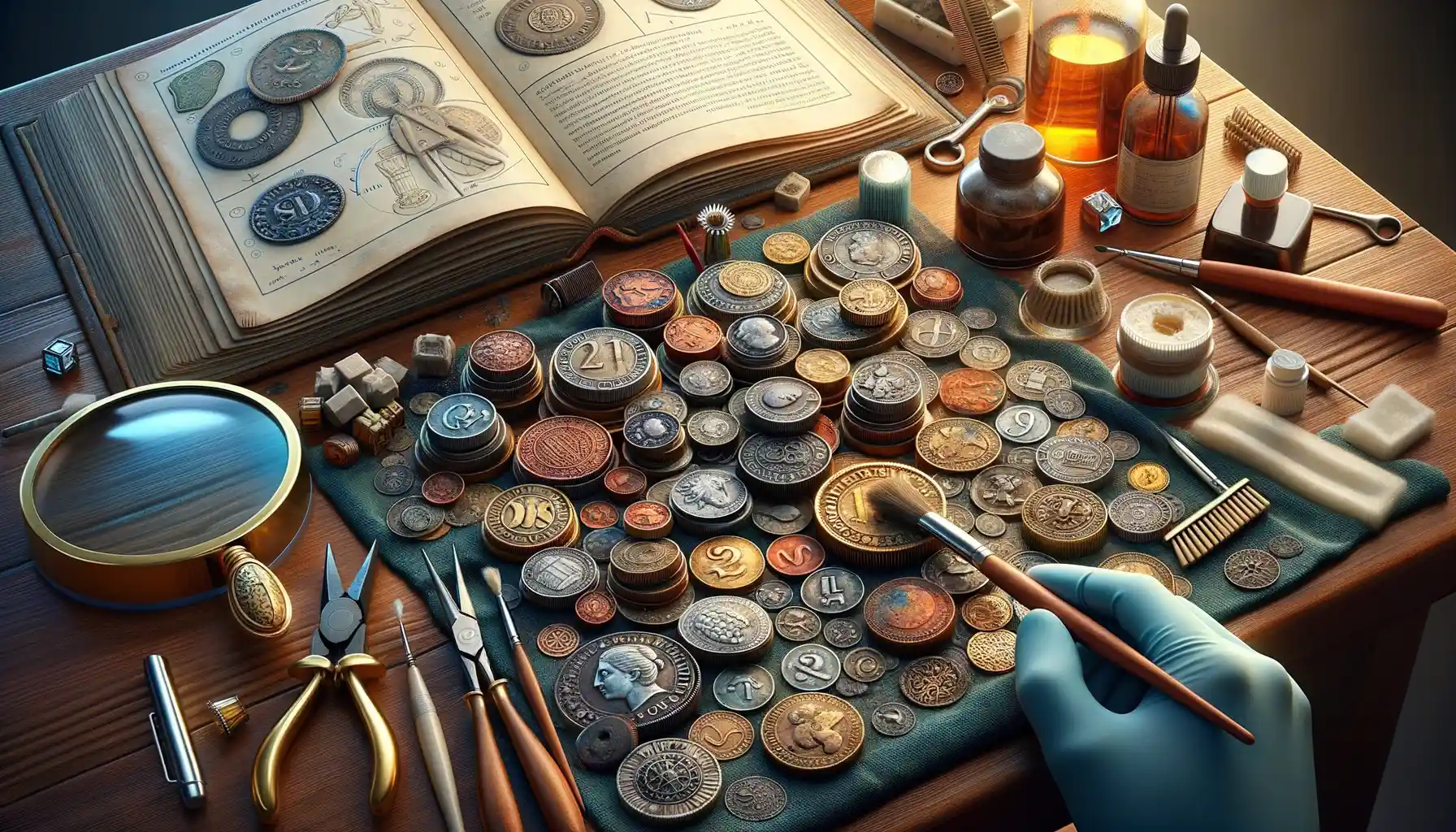Rare Coin Preservation Techniques for Long-Term Investment
Catch a CheaterUnderstanding the Importance of Coin Preservation
Why Coin Preservation is More Than Just Protection
If rare coins could talk, they’d tell stories of ancient empires, forgotten treasures, and the hands they’ve passed through. But let’s be real—without proper care, those stories can fade faster than you’d expect. Coin preservation isn’t just about “keeping them safe”; it’s about nurturing their value, both historical and monetary.
Think of your rare coin as a delicate time capsule. When exposed to harsh environmental conditions, like humidity or extreme temperatures, coins can suffer irreversible damage—tarnish, discoloration, or even corrosion. Handling them carelessly? That’s like smudging fingerprints on a priceless painting.
Now imagine this: You’ve got a pristine, century-old silver dollar, untouched by time. But without proper care, that once-flawless shine could dull, its edges worn by neglect. That jaw-dropping $1,000 valuation could quickly shrink to a disappointing fraction. Ouch.
Preservation isn’t just for museums—it’s a personal responsibility as a collector or investor. Here’s why it matters:
- Value Retention: A well-preserved coin holds (and increases) its market worth over time.
- Historical Legacy: Every scratch erased a piece of history—don’t let that happen!
- Resale Appeal: Coins in immaculate condition attract serious buyers like moths to a flame.
Best Practices for Handling Rare Coins

Handle Rare Coins Like a Pro
Imagine holding history in the palm of your hand, a rare coin that’s been through centuries of stories and journeys. It’s not just metal—it’s a chapter of humanity itself. But before you examine or admire that tiny treasure, let’s get serious about *how* you handle it. Why? Because one wrong move can turn a collector’s dream into a numismatic nightmare.
Here’s your golden rule: always hold coins by the edge—never the face. Your fingertips carry natural oils and debris, which might as well be sandpaper for your coin’s surface. And if you’re thinking, “I’ll just wipe it off later,” think again. That’s where irreversible damage sneaks in.
Pro tip: Keep some cotton gloves handy. Slip them on before you even think about touching a rare coin. If gloves aren’t available (life happens!), wash and dry your hands thoroughly to eliminate oils.
- Work over a soft surface—think velvet-lined trays or a microfiber mat. This way, if a coin slips, it won’t meet its worst enemy: a hard floor.
- Avoid multitasking! Set down your coffee cup or snack; food crumbs and moisture are disaster magnets.
Treat every coin like it’s irreplaceable—because for many, it genuinely is.
Effective Storage Solutions for Preserving Coins

Why the Right Storage Can Be a Game-Changer
Imagine finding a rare, gleaming coin at a flea market—it’s like stumbling on buried treasure! Now picture this: years later, you pull it out to admire it, only to find it tarnished, scratched, or worse, corroded. Heartbreaking, right? That’s where proper storage rides in like a knight in shining armor for your coin collection.
Storing coins isn’t just about shoving them into drawers or boxes. It’s about wrapping them in love and care by choosing materials and environments that will protect their beauty and value. Here’s what effective storage looks like:
- Airtight Coin Capsules: These keep dirt, moisture, and curious fingers away.
- Mylar Flips: A durable choice that protects while letting you admire both sides of the coin.
- Climate-Controlled Safes: Temperature swings are not your coins’ friends. Opt for a stable, low-humidity environment instead.
The Enemies You Didn’t Know Your Coins Had
Did you know even the oils from your hands can leave marks on rare coins? Or that wood storage boxes—though charming—release harmful acids over time? Always store coins in acid-free materials and steer clear of PVC plastics, which can cause a sticky green residue called “PVC damage.”
Strong decisions today are the backbone of preserving your treasures tomorrow. Treat your coins like the timeless artifacts they are—they might just outlive us all!
Cleaning and Maintenance Tips for Rare Coins

Handle with Love Before You Clean
Before diving into cleaning, ask yourself: does this coin even *need* a scrub? Rare coins are like antique furniture – their age and patina often add value, not diminish it. Cleaning your coin carelessly is akin to wiping off centuries of history. If you spot dirt or grime that truly needs attention, start gently. Use a soft microfiber cloth – the kind you’d trust on your glasses – and dab, don’t rub. Rubbing risks scratching the coin’s delicate surface, erasing years of craftsmanship.
If the dirt persists, soak the coin in distilled water for a few days. Yes, patience is key here. For stubborn spots, try a soft-bristled brush – the type designed for baby’s teeth works perfectly. And whatever you do, steer clear of household cleaners. These might advertise miracles for countertops, but they’re kryptonite for rare coins!
Embrace Regular TLC (Tender Loving Coin-care)
Long-term investments deserve regular check-ups. Dust and humidity are inevitable foes, so every few months:
- Inspect each coin under gentle lighting. Look out for changes like discoloration or corrosion.
- Reassess their storage – are capsules still airtight? Is silica gel holding up?
- Never skip resealing gloves when handling – every fingerprint leaves its story, but your coins don’t need that tale.
Cherish these treasures, and they’ll gleam brightly through generations.
Common Mistakes to Avoid in Coin Preservation

Overlooking the Small Details
Neglecting the little things can turn a pristine rare coin into a shadow of its former glory. One common mistake? Using your bare hands to handle coins. The oils and acids on your fingers—yes, even clean ones!—can create subtle yet permanent marks over time. Think of it like leaving fingerprints on a piece of priceless artwork. Instead, always use soft cotton gloves or tongs specifically designed for coin handling.
Another silent culprit? Poor labeling. Imagine misplacing a cherished coin because you forgot to tag it properly—or worse, mixing it up with a less valuable one! Use acid-free labels, and log every detail carefully. A few extra minutes today could save years of regret tomorrow.
Using Household Cleaning Products
It’s tempting, isn’t it? You see a dull coin, and the first thought is to grab the nearest polish. But here’s the kicker: most household cleaning products are public enemy number one for rare coins! Abrasive chemicals strip away the natural patina—a feature collectors adore—and leave your coin looking artificially shiny but permanently damaged.
Instead of risky trial-and-error, avoid these cleaning pitfalls:
- Never soak coins in vinegar or lemon juice—it corrodes the metal.
- Avoid scrubbing with brushes; bristles can leave scratches invisible to the naked eye.
- Forget generic soaps; even “gentle” ones may erode surface details.
